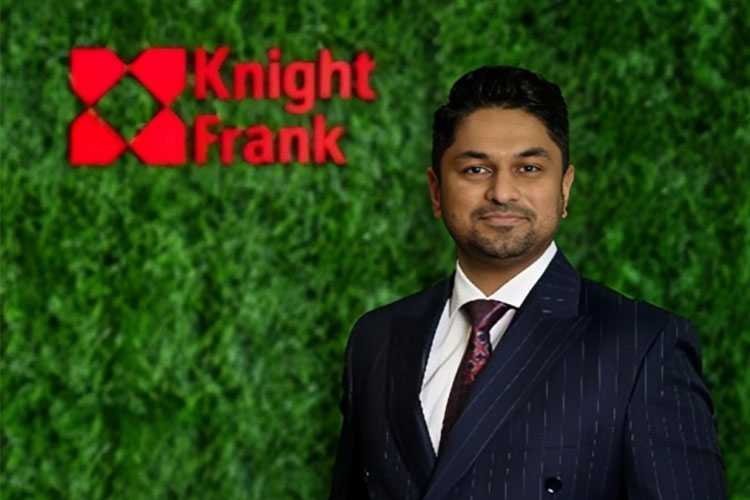

What are the key factors driving Dubai to emerge as a healthcare hub? Dr Gireesh Kumar – Associate Partner, Strategy & Consulting – MEA, Knight Frank, shares his views
March 01, 2024 | Dr Gireesh Kumar | UAE | Property Management

Medical tourism is when people travel to another country or city to receive medical care because of considerations such as availability of services, affordability and higher level of quality of care. Popular medical tourism destinations for such medical travel include the USA, UK, India, Thailand, etc. which have been able to market themselves among patients for specific specialties or treatments.
Over the last decade, Dubai also has become a popular destination in the Middle East and Africa region for medical tourism. Today, Dubai is able to appeal to a wider audience who may be on the lookout for more treatments related to well-being which are on par with international standards. Already known for its booming real estate, the city offers a range of healthcare facilities including medical spas, integrated health and alternative treatment centres, such as homoeopathy, ayurveda etc. This is also evident from the growth (CAGR of 18.9%) of medical travellers to the city between 2018 to 2022.
Medical-related visits generated a total revenue of AED 992 million in 2022. A key facilitator for this growth has been the Dubai Health Experience (DXH) launched by HH Sheikh Hamdan bin Mohammed bin Rashid Al Maktoum, Crown Prince of Dubai and Chairman of the Executive Council, as a continuation of ‘Dubai, a Global Destination for Medical Tourism’. As per DXH the top nationalities for medical travel to Dubai are from Asia followed by European and CIS countries.
The need for investment in healthcare services is driven by demand, which in turn is driven by several key factors:
Dubai's population has grown at a steady rate. Between 2018-2022 the population increased at a CAGR of 2.7% and is forecasted to grow at a CAGR of 2.0% between 2022- 2030. In addition, the population above the age of 60 is expected to increase by 3x between 2018 to 2030. All these factors are expected to create continuous demand for healthcare facilities in the city.
Health coverage for all of Dubai’s population sustains the development of the healthcare sector for both residents and tourists - Close to 100% of Dubai’s population benefits from health coverage after introduction of the mandatory health insurance law in 2014. The prevention and early detection landscape is changing rapidly, as illustrated by screening services newly included as part of mandatory health insurance for diabetes, heart disease, newborn screening, developmental screening, and cancer (breast, colorectal and cervical).
Supply gap exists for specialised healthcare services in Dubai, which is an opportunity for the private sector. Some of the city’s key specialities are chronic disease management, preventive medicine and mental health care to name a few.
The city of Dubai has witnessed a massive expansion of residential and commercial developments towards the south of the city, commencing from Mirdif onwards until the Expo City along the Mohammed bin Zayed Road and Emirates Road. These sectors are expected to witness additional developments until 2028, which also indicates a direct impact on additional population in these sectors.
The infographic below highlights the ranking of the nine sectors in Dubai based on the additional supply of residential developments until 2028.
Based on this, sectors 5 and 6 are expected to witness the highest growth in population, which also translates to demand for additional healthcare facilities in the districts within these sectors. The demand for healthcare facilities in these sectors is general and multi-specialty healthcare facilities as there is limited supply of healthcare facilities in these districts.
In addition, the older districts in the city within the likes of sector 3 which is also expected to witness an increase in population, will witness demand for more specialised healthcare options such as centre of excellence in specialties such as chronic disease management, preventive health, wellness and wellbeing services as these districts have ample supply of general and multi-specialty healthcare facilities.
A key takeaway from the analysis indicates that the investment in healthcare opportunities should be undertaken based on detailed analysis of the requirement of the catchment area (primary and secondary), current supply of healthcare facilities and the target segment.